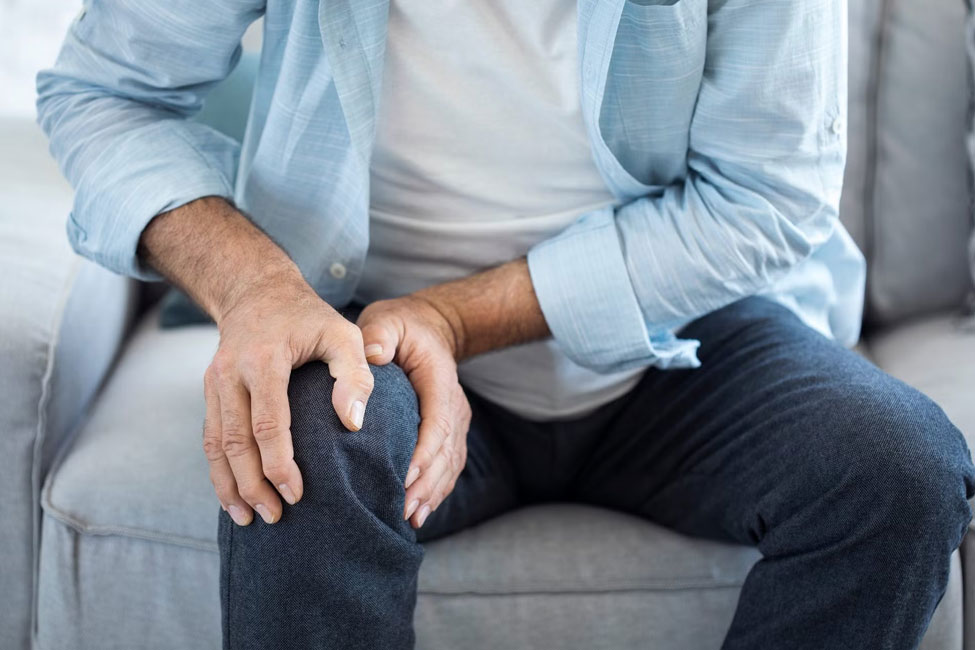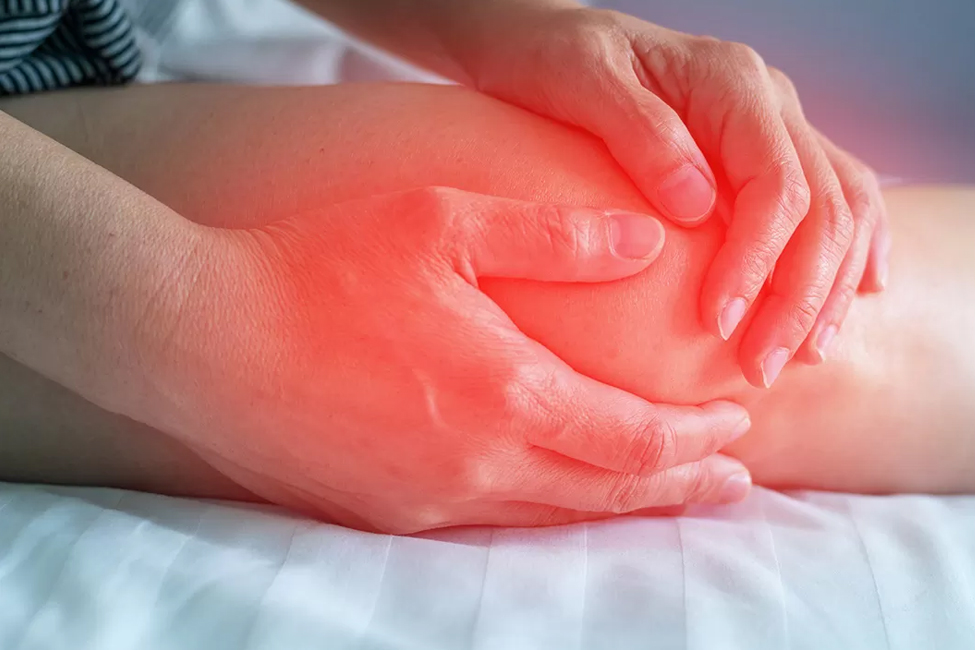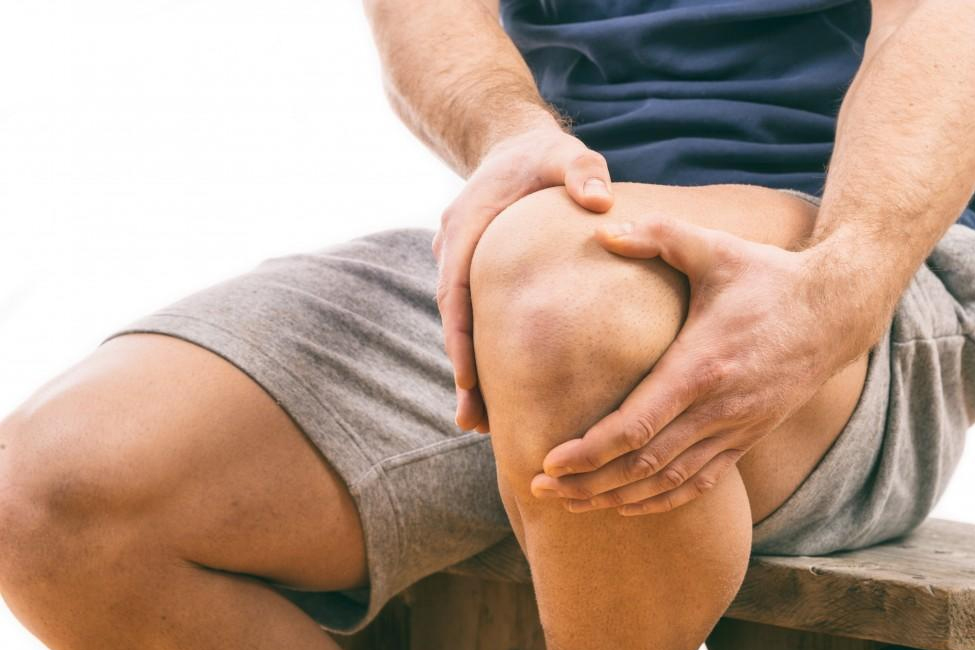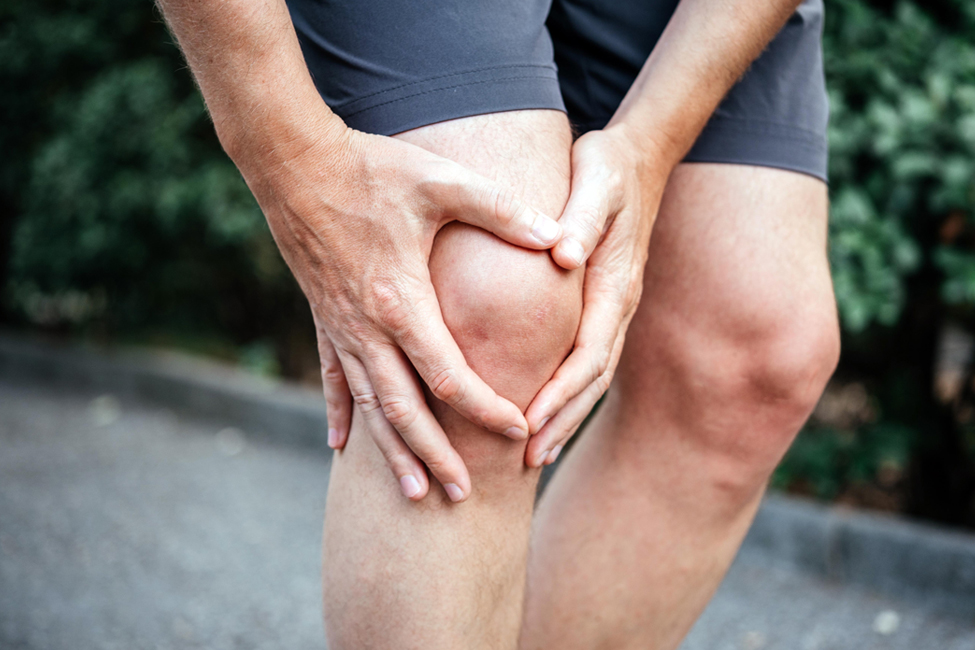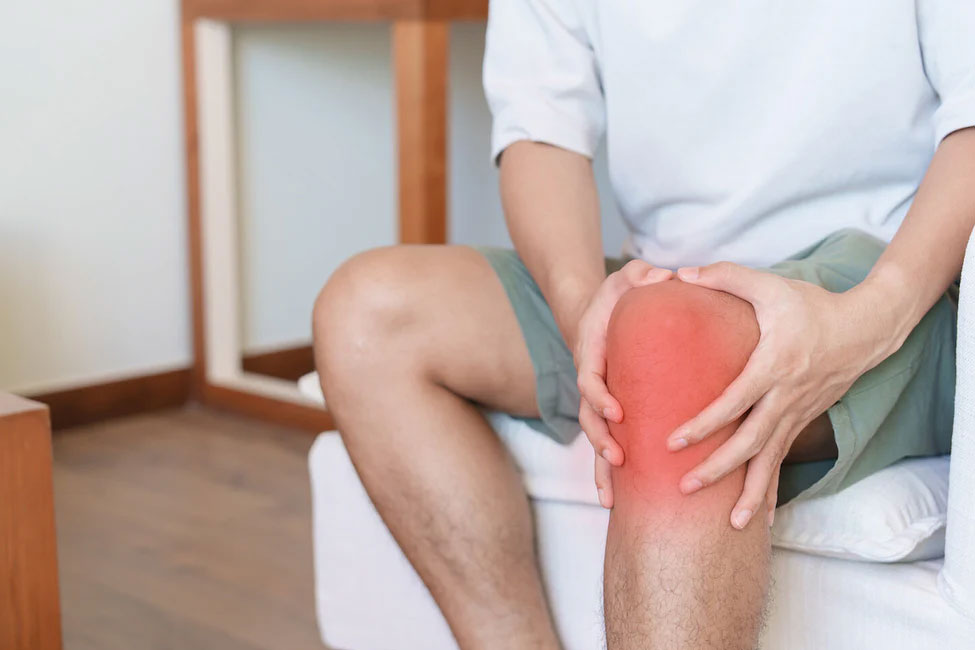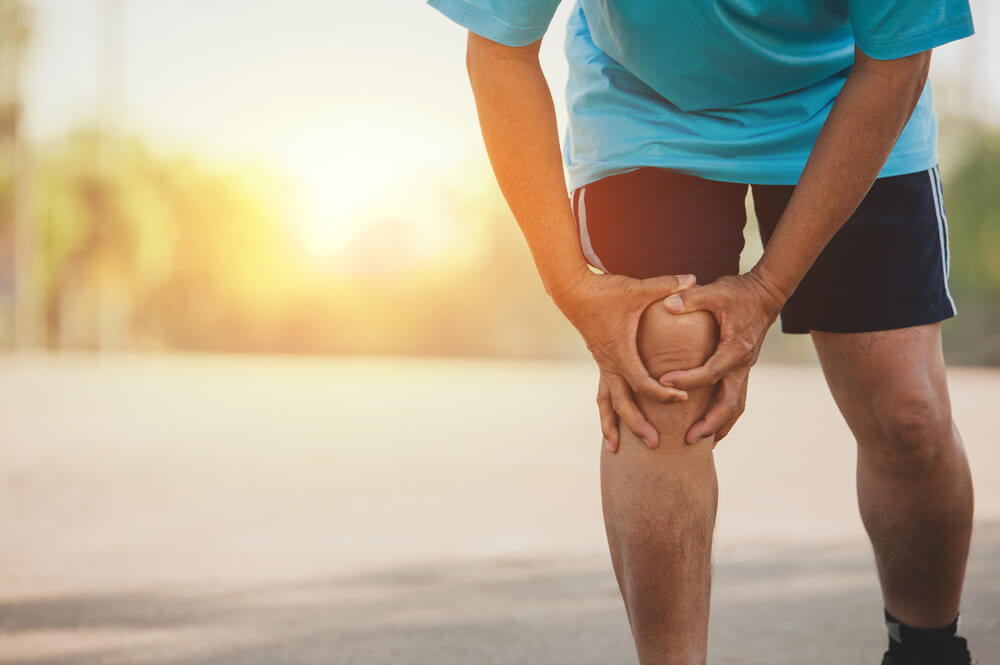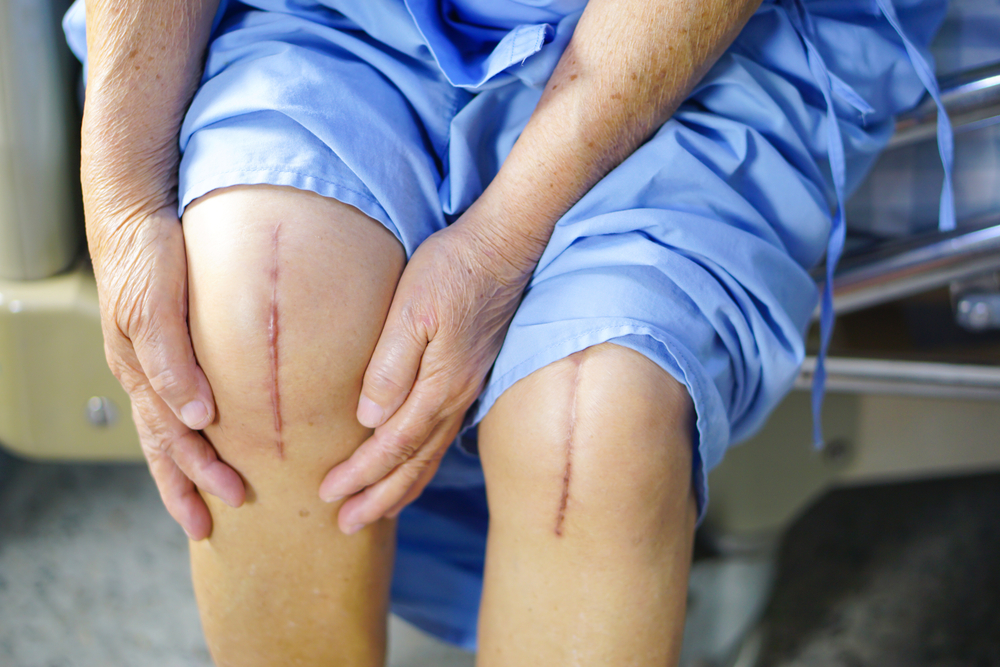Knee Osteoarthritis: Causes, Symptoms, Treatment, and Prevention
What is Knee Osteoarthritis?
Knee osteoarthritis is a prevalent degenerative joint condition affecting the knees. It primarily involves the cartilage within the joint breaking down, leading to pain, stiffness, and decreased joint function. The condition often results from wear and tear or ageing and can also be linked to obesity, previous knee injuries, or genetic predispositions.
Type of Knee Osteoarthritis
There are three common types of knee osteoarthritis:
- Tibiofemoral Osteoarthritis: Affects the main knee joint between the thigh bone (femur) and shinbone (tibia).
- Patellofemoral Osteoarthritis: Impacts the joint between the kneecap (patella) and the thigh bone.
- Post-Traumatic Osteoarthritis: Develops following a knee injury or trauma, potentially leading to osteoarthritis.
How Common is Knee Osteoarthritis?
Knee osteoarthritis is quite prevalent, particularly among older adults. The prevalence tends to increase with age and is more common in females.
Causes of Knee Osteoarthritis
Knee osteoarthritis can develop due to various factors, including:
- Age: Advanced age is a primary risk factor for osteoarthritis. Over time, wear and tear on the knee joints can lead to cartilage degeneration.
- Obesity: Excess weight increases stress on the knee joints, accelerating the breakdown of cartilage.
- Injuries or Overuse: Previous knee injuries, repetitive stress on the knees, or overuse of the joints can increase the likelihood of osteoarthritis.
- Genetics: Genetic factors can contribute to a higher susceptibility to knee osteoarthritis.
- Other Health Conditions: Certain medical conditions, such as metabolic disorders or joint diseases, can also increase the risk.
- Hormones: There’s some evidence that hormonal influences might play a role, particularly in post-menopausal women.
- Bone Deformities or Joint Misalignments: Structural issues or abnormalities in the knee can lead to uneven wear on the joint surfaces, promoting osteoarthritis.
- Occupation and Activities: Jobs or activities that involve repetitive stress on the knees, such as kneeling or squatting, may raise the risk of knee osteoarthritis.
Symptoms of Knee Osteoarthritis
Symptoms of knee osteoarthritis often include:
- Pain: Pain in the knee joint is a common symptom, especially during movement or weight-bearing activities. The pain may vary in intensity and can be mild to severe.
- Stiffness: Stiffness in the knee, particularly after extended periods of inactivity, like sitting or sleeping, is often experienced.
- Swelling: Swelling in and around the knee joint is frequent, causing discomfort and reducing mobility.
- Decreased Range of Motion: Difficulty in fully straightening or bending the knee, limiting movement, is another key symptom.
- Grating Sensation: You might feel a grating or scraping sensation in the knee joint when moving.
- Weakness or Instability: The knee may feel weak or unstable, making it challenging to support the body’s weight.
Diagnosis of Knee Osteoarthritis
The diagnosis of knee osteoarthritis typically involves a combination of the following:
Medical History
Your orthopaedic specialist will discuss your symptoms, their onset, and how they affect your daily life. They may ask about any previous injuries or surgeries related to your knee.
Physical Examination
The doctor will physically examine the affected knee, looking for signs of swelling, tenderness, and range of motion limitations.
Imaging Tests
X-rays can help visualise the joint, showing any loss of cartilage, bone spurs, and other signs of osteoarthritis. MRI scans might also offer a more detailed image of the knee’s internal structures.
Blood Tests
Although not typically used to diagnose osteoarthritis, blood tests might be conducted to rule out other conditions that can cause similar symptoms.
Complications of Knee Osteoarthritis
Complications that can arise from knee osteoarthritis include:
- Chronic Pain: The most common and debilitating complication of knee osteoarthritis is chronic pain. This pain can limit mobility and negatively impact the quality of life.
- Reduced Mobility: As the condition progresses, the knee joint’s function can be significantly impaired, leading to difficulty walking, climbing stairs, and performing daily activities.
- Disability: Severe cases of knee osteoarthritis can cause disability, making it challenging to perform routine tasks or maintain an active lifestyle.
- Psychological Effects: Chronic pain and limited mobility can lead to depression, anxiety, or feelings of isolation due to decreased social interactions and difficulty participating in activities.
- Increased Risk of Falls: Weakness, instability, or reduced mobility in the knee joint can increase the risk of falls and subsequent injuries.
- Bone Spurs and Joint Deformities: Advanced osteoarthritis may lead to the development of bone spurs, or osteophytes, and changes in the shape and alignment of the knee joint, causing deformities.
Treatment Options for Knee Osteoarthritis
Treatment options for knee osteoarthritis can include:
Medications
Pain relievers, such as acetaminophen, or nonsteroidal anti-inflammatory drugs (NSAIDs), can help manage pain and inflammation.
Physical Therapy
Specific exercises can strengthen the muscles around the knee joint, improve flexibility, and reduce stress on the joint.
Lifestyle Changes
Weight management can significantly reduce stress on the knee joint. Low-impact exercises and appropriate footwear can also help alleviate symptoms.
Supportive Devices
Using assistive devices like canes, knee braces, or orthotic shoe inserts can reduce pressure on the joint.
Corticosteroid Injections
Injections into the knee joint can help reduce pain and inflammation.
Hyaluronic Acid Injections
These injections aim to supplement the viscosity of the synovial fluid in the joint.
Surgery
In severe cases, surgical procedures like arthroscopic debridement, knee osteotomy, or knee replacement may be considered.
Preventing Knee Osteoarthritis
Preventing knee osteoarthritis or slowing its progression involves several lifestyle and health measures:
- Excess body weight adds stress to your knee joints. Managing weight can reduce the risk of knee osteoarthritis and decrease its progression.
- Engage in low-impact exercises that strengthen the muscles around the knee, such as swimming, cycling, and walking. Strengthening the supporting muscles can help protect the knee joint.
- Protect your knees from injury by wearing appropriate footwear, warming up before exercising, and using safety equipment in sports or activities.
- Maintain good posture and use correct body mechanics during physical activities. Avoid prolonged periods of standing or kneeling.
- A diet rich in nutrients and antioxidants, particularly calcium and vitamin D, supports bone health.
- Reduce overuse of your knees. Alternate between different activities to avoid stressing the same muscles or joints repeatedly.
- Regularly consult an orthopaedic specialist to manage and address any knee-related concerns promptly.
Living with Knee Osteoarthritis
Living with knee osteoarthritis can be challenging, but several strategies can help manage symptoms and improve the quality of life:
- Use ice or heat packs, over-the-counter pain meds, and physical therapy to reduce pain and swelling.
- Engage in low-impact activities like swimming or walking to strengthen muscles around the knee and improve flexibility.
- Maintain a healthy weight to lessen strain on your knees and reduce pain.
- Use supportive footwear or knee braces for better support and reduced knee pressure.
- Consume calcium and vitamin D-rich foods to maintain bone health and reduce inflammation with omega-3s and antioxidants.
- Modify your home or workplace to make tasks easier on your knees.
- Stay in touch with orthopaedic specialists for routine check-ups and monitoring.
- Seek support from healthcare professionals or patient support groups for guidance and emotional support.
Knee osteoarthritis can be managed through a balanced approach involving pain management, exercise, weight control, and proper medical guidance. Taking steps to improve daily life quality is essential. If you’re experiencing knee discomfort or suspect osteoarthritis, seek help from professionals.
Don’t hesitate to request an appointment with The Orthopaedic Practice and Surgery Clinic to get tailored guidance and treatment suited to your needs. Taking proactive steps is key to managing knee osteoarthritis and ensuring a better quality of life.


